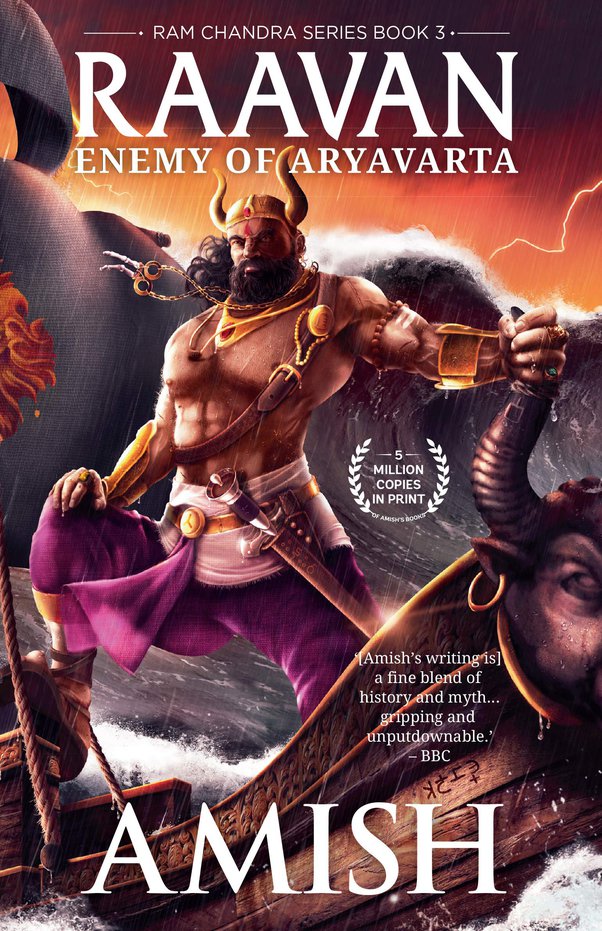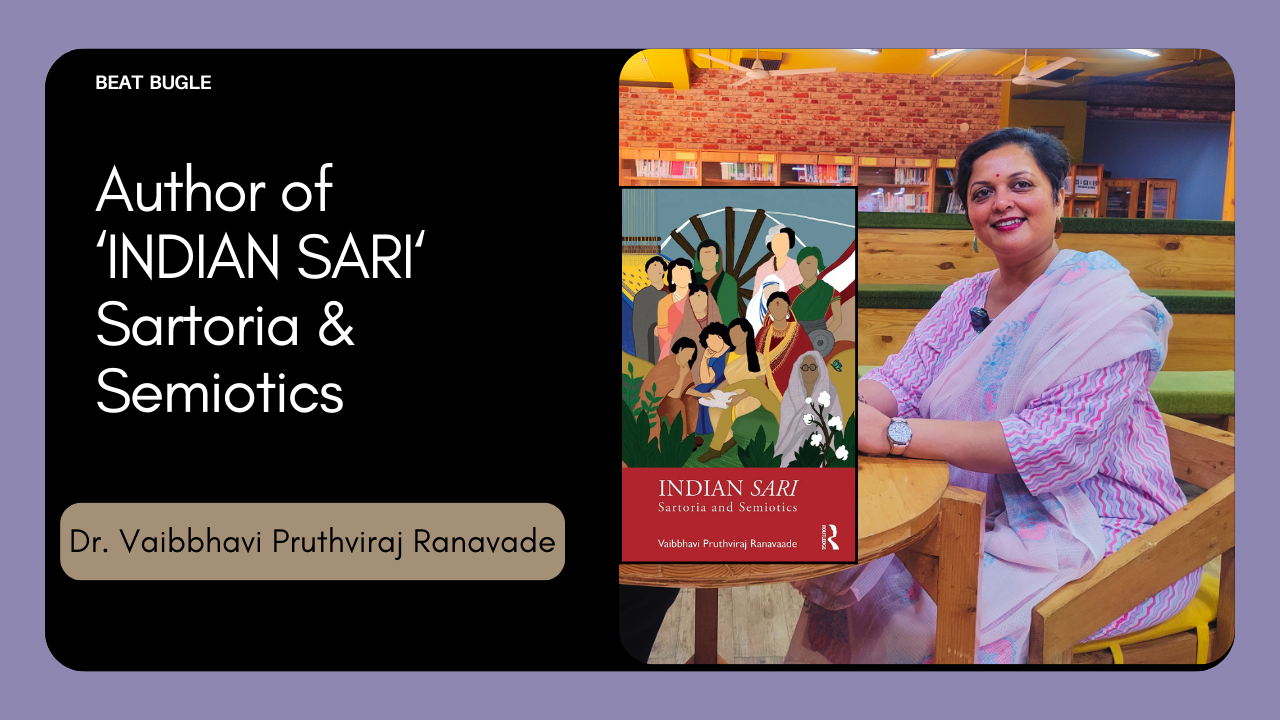Rating: 4.5/5 Stars
‘If one wants to write a book on mythology, there’s no better country than India and no better area than dharma’ – Amish Tripathi
This statement was made by Amish Tripathi in an interview, and I would like to add that Amish is the best writer when it comes to writing about mythology.
Amish Tripathi’s “The Ram Chandra Series” is a remarkable collection that breathes new life into the timeless epic of the Ramayana. Tripathi’s skillful storytelling transforms complex mythological tales into digestible and scientifically plausible narratives, making it accessible to readers of all backgrounds.

As a fan of the Ramayana since childhood, diving into Tripathi’s retelling felt like a refreshing journey. While staying true to the essence of the original narrative, Tripathi adds layers of depth by exploring not only the plot of the war but also the intricate politics that drive the story forward.
Storyline.
An imaginative retelling of the Indian epic tale Ramayana, the Ram Chandra Series consists of three books written by Amish Tripathi. The books follow the lives of Lord Rama, his beloved wife Sita, his brother Lakshman and finally the all-mighty king Ravana. From Ram’s early years to his banishment and his renowned mission to save his wife from the demon king Ravana, the entire series covers every facet of the Ramayana. A final battle between these two parties is also covered in the series.
The first book in Amish’s Ram Chandra series—she of the well-known Shiva Trilogy—is titled Ram: Scion of Ikshvaku. From the perspectives of the Ramayana’s key characters—Ram, Sita, Raavan, and Hanuman—the television series tells the tale of the Ramayana. The book skillfully employs a multi-linear storytelling technique, with multiple subplots that masterfully come together to form the main plot towards the conclusion.
Amish Tripathi’s second book in the Rama Chandra series is titled Sita: Warrior of Mithila. The novel continues where Ram: Scion of Ikshvaku, the first book in the series, left off. Sita’s abduction marks the start of it. Amish gives a detailed account of Sita’s actions at the moment and how Raavan and his brothers defeated her. It also reveals the big secret of why Raavan abducted Sita.
The story switches to Sita’s early years in the second chapter. The author has skillfully written the tale of King Janak and Queen Sunaina’s discovery of baby Sita. Compared to the birth stories we have heard, this is very different.
Raavan: Enemy of Aryavarta, the third book in his Ram Chandra series, chronicles Raavan’s life and is set in 3400 BC. Raavan was a multifaceted person who was a fearsome warrior, intelligentsia, cunning businessman, strong emperor, artist, musician, and diplomat. In the epic Ramayana, he is famed for having kidnapped Sita, the wife of the mythological god Ram.

Raavan is a human being with flaws, a strong personality, and the ability to exhibit both horrific cruelty and extreme devotion. Unlike the one-dimensional villain of the Ramayana.
Writing Style.
Tripathi’s multilinear narrative style, with each part focusing on individual characters before converging in a thrilling finale, allows readers to delve deeply into the personal stories and perspectives of each character. The culmination in the fourth part is electrifying, making the wait for its release entirely worth it.
Ultimately, “The Ram Chandra Series” is more than just a retelling of ancient myths; it’s a profound exploration of human nature and the eternal struggle between good and evil. Tripathi masterfully captures the essence of the original tale while infusing it with modern relevance, making it a must-read for fans of mythology and epic storytelling.
One of the most captivating aspects of the series is the portrayal of characters. Ram and Sita embody simplicity, integrity, and grace, even in the face of adversity, while Raavan emerges as an intriguingly complicated figure, simultaneously cold-hearted and miserable. The supporting characters, such as Indrajit, Kumbhkaran, and Vibhishan, add further complexity, showcasing virtues and flaws that blur the lines between right and wrong.
Summary
Amish is good at detailing of war and weapons. You should not miss the way he sets the scene, explains it, and explores the surroundings. He is also good at marketing and he knows what readers want. Thus, not only does he effectively promote the book, but he also writes in a style that the readers will find appealing. And, it is definitely a skill which every author wants to master
Overall a nice book, which has its own lows. The writing style of the book is appealing, and it has substance. The effective marketing of the book already lead it to the bestsellers list. If you’ve loved reading previous books by the author, you will surely not want to give it a miss.




